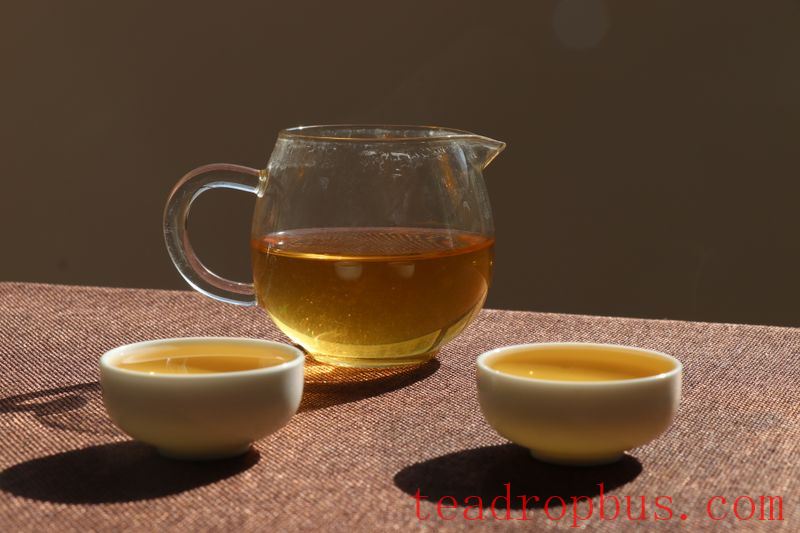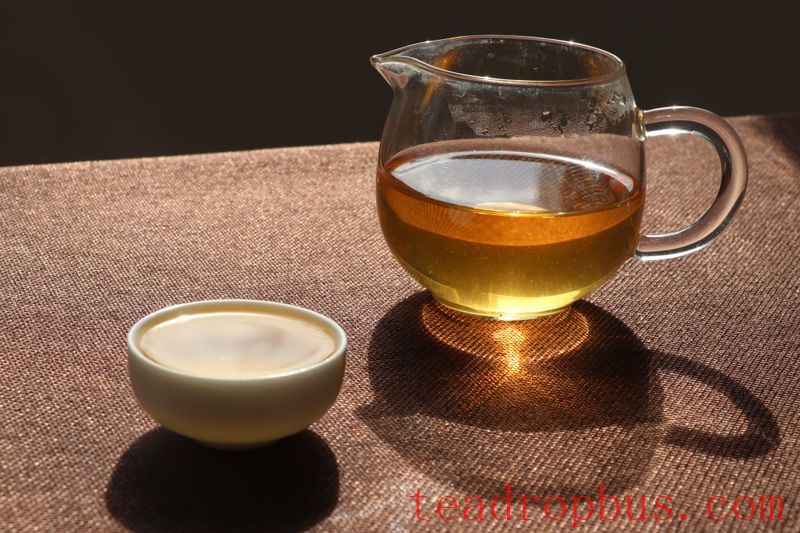Pu'er Tea, processed differently, is categorized into raw and ripe varieties. Raw Pu'er tea aids in human metabolism, invigoration, weight loss, and lipid reduction, among other benefits. The color of the tea infusion can be an indicator of a tea's quality. So, what does good Pu'er tea infusion look like?

How to Distinguish the Quality of Pu'er Tea Infusion
When it comes to Pu'er tea, assessing the infusion is crucial, especially for raw Pu'er where the color and thickness can reveal the approximate age. Even when fresh, raw Pu'er tea infusion won't resemble that of Green Tea; instead, it typically has a bright yellow hue, similar to lightly oxidized Oolong Tea. This is because the enzymes in Pu'er become more active during sun-drying, and there's a steaming process involved in compression. As a result, it undergoes slight fermentation before being stored, and as it ages, the infusion color deepens from yellow to a reddish tone.

A few important points about the infusion color: First, the clarity of raw Pu'er is much higher than that of ripe Pu'er, and clarity is a critical factor in determining whether the tea has been properly stored or mistreated by unscrupulous dealers. As raw Pu'er ages, its texture becomes richer and fuller.
In my opinion, aged raw Pu'er is akin to aged liquor, becoming more refined over time. The quality of ripe Pu'er infusion can be compared to red wine, with clarity and brightness being essential factors.
Some people say they prefer raw over ripe, but I don't believe one type is inherently better than the other. All teas have their merits, although high-quality ripe teas are rare. Ripe Pu'er infusion is bright red, and its color varies depending on the degree of pile fermentation, the type of raw tea used, and the grade of the leaves (ranging from 1 to 10), which affects the depth and richness of the infusion. An important criterion is how the infusion coats the cup, contributing to a smooth and mellow mouthfeel.

Ripe Pu'er teas tend to be quite drying when new, making them easier to cause heatiness upon consumption, so they need some time in storage to mellow out. Both raw and ripe Pu'er infusions should be clear and bright. If dull or murky, it's likely due to poor storage or low quality. There's much more to discuss about the nuances of infusion color, much of which cannot be adequately described in words. Ultimately, the best advice is to observe and taste different teas to find one that suits your palate.